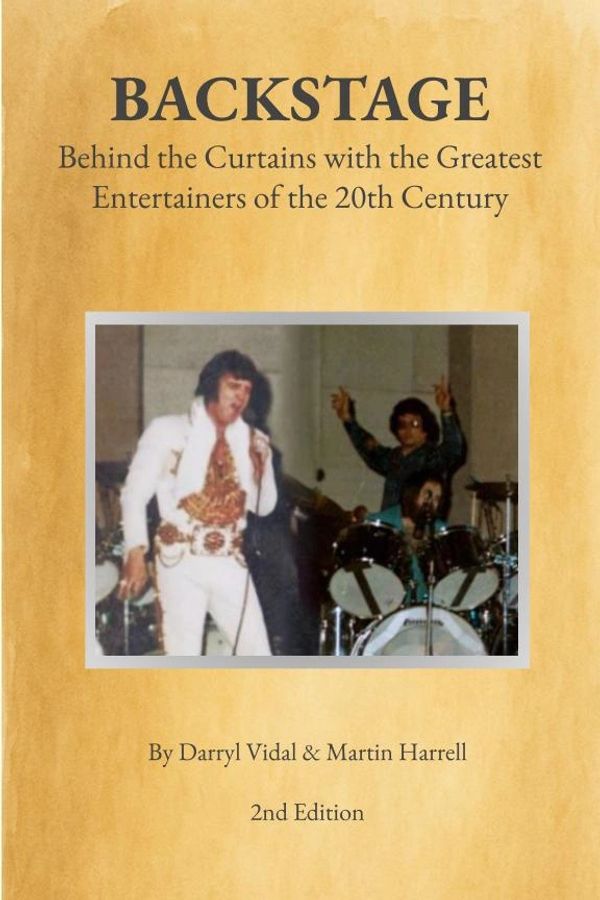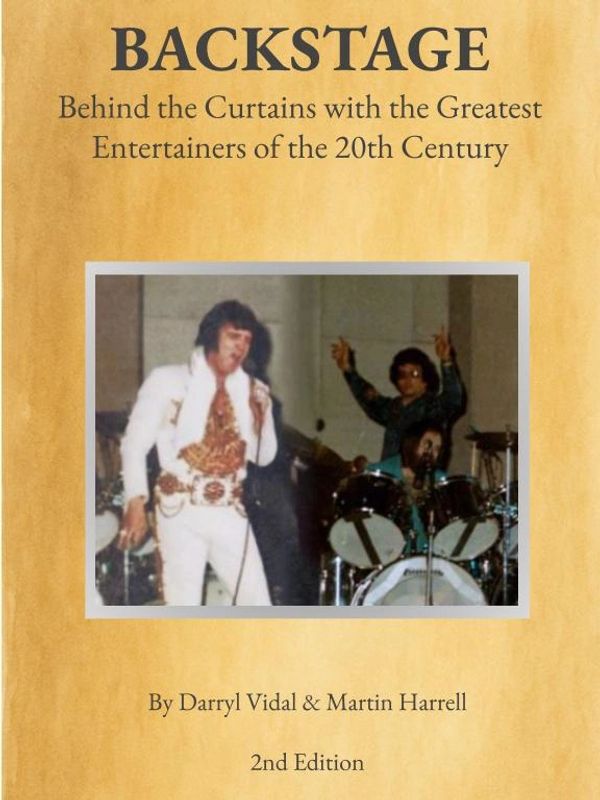Crane Books Publishing Guide

What we're looking for - Fiction
At Crane Books, we welcome imaginative stories that entertain, inspire, and engage readers of all ages.
Fiction is storytelling at its core — tales of adventure, romance, mystery, fantasy, and drama that captivate through character, conflict, and creativity.
We’re looking for:
Compelling plots that draw readers in
Distinct characters readers care about
Authentic dialogue and emotional momentum
Genres such as:
Contemporary Fiction
Historical Non-Fiction
Mystery / Thriller / Crime
Science Fiction & Fantasy
Young Adult (YA) or Middle-Grade Stories Illustrated

Memoirs
Everyone has a story worth telling — and Crane Books wants to help you share yours. We’re currently accepting memoir submissions of all types, from inspiring journeys of personal triumph to behind-the-scenes accounts of extraordinary careers and family legacies.
Whether your story is about overcoming challenges, growing up in a unique time or place, military or public service, entrepreneurial adventures, cultural experiences, or life in the arts or sports, Crane Books specializes in turning real-life experiences into compelling, professionally published books.
If you’ve lived it — we can help you tell it. Start your memoir publishing journey today with Crane Books Hybrid Publishing, where your voice and vision take center stage.
.jpg/:/cr=t:0%25,l:0%25,w:100%25,h:100%25/rs=w:600,cg:true)
Illustrated Children's Books
At Crane Books, we believe every great story deserves to be told — especially the ones still waiting inside first-time authors. Our mission is to help new writers bring their imagination to life through beautifully illustrated children’s books that inspire, teach, and entertain.
Our experienced team of illustrators, editors, and designers work hand-in-hand with each author to ensure their vision shines on every page. From character sketches and color palettes to layout, typography, and print quality, we manage the entire creative and publishing process.
Crane Books is more than a publisher; we’re a creative partnership dedicated to helping first-time authors achieve professional results. If you’ve ever dreamed of seeing your story in the hands of children everywhere, now is the time to let Crane Books help your imagination take flight.

Our Approach
Every great story follows a natural rhythm of tension, challenge, and resolution. At Crane Books, we call this the Story Arc — the foundation of compelling storytelling.
Exposition – Introduce your main characters, setting, and tone.
Rising Action – Build tension through events and conflicts that challenge your characters.
Climax – The turning point or emotional peak of the story.
Falling Action – The aftermath; loose ends begin to resolve.
Resolution – The final outcome that brings closure and meaning.
Mastering this flow keeps readers engaged from the first page to the last — and helps your story shine during our editing and publishing process.

Understanding the Difference: Traditional vs. Hybrid Publishing
At Crane Books, we believe informed authors make empowered decisions. If you're considering publishing your book, it’s important to understand the difference between Traditional and Hybrid publishing models. Each approach offers distinct benefits, depending on your goals, experience, and resources.

Traditional Publishing
In a traditional publishing agreement, the publisher takes on all financial responsibility for editing, design, printing, and distribution.
Authors typically:
- Submit manuscripts for acceptance through a competitive review process
- Receive a royalty (usually 8–15%) on book sales
- Do not pay any upfront fees
- Relinquish some creative and copyright control
- Must market actively, though the publisher may support promotional efforts.
Traditional publishing is highly selective and offers prestige, but can be slow and limited in creative autonomy.

Self Publishing
Self-publishing gives authors complete control over their work—from cover design and editing to pricing, distribution, and release schedules. Instead of waiting years for a publisher’s approval, a book can be in readers’ hands within weeks. Royalties are often much higher than in traditional publishing, and because authors retain all rights, they can republish, create special editions, or expand into new formats whenever they choose. For many, this independence is both financially and creatively empowering.
The challenge is that independence comes with full responsibility. Authors must handle or hire out every stage of production, and without professional polish, a book can struggle to gain traction. Marketing and distribution are also uphill battles, since there’s no built-in team or network to rely on. While the potential rewards are great, self-publishing demands persistence, entrepreneurial thinking, and a willingness to invest both time and money into the process.
.jpg/:/rs=w:600,cg:true,m)
Hybrid Publishing
Hybrid publishing combines elements of traditional and self-publishing. At Crane Books, our Hybrid Agreements allow you to:
- Share the investment in publishing services (editing, design, distribution)
- Retain more creative control and rights
- Receive higher royalties, as high as 50%
- Get professional support without waiting for a traditional publishing deal
- Launch faster with a clear, collaborative timeline.
Hybrid publishing is ideal for authors who want partnership-level guidance with greater control and better returns.

What's right for you?
For many first-time authors, traditional publishing is just not an option. Most commonly, without a contact, or high-profile story to be told, first-time authors spend months, even years, sending query letters and filing the rejection letters away.
Even most publishers won't offer a hybrid publishing agreement without a significant investment from the author.
At Crane Books, we want to help first-time authors break into the business of writing and selling books.
.png/:/cr=t:0%25,l:0%25,w:100%25,h:100%25/rs=w:600,cg:true)
Why Crane Books?
At Crane Books, we understand that the journey from idea to bookshelf can be overwhelming for first-time authors. That’s why we’ve built a publishing model that blends the best of traditional, hybrid, and self-publishing.
Our staff brings decades of combined experience across all major publishing paths. We've worked within the constraints of traditional publishing and know how hard it is to break in. We've also taken the risks and felt the isolation that comes with self-publishing.
With Crane Books, you get the support of seasoned editors, layout designers, illustrators, and marketing strategists, without losing creative control or ownership of your work.
.png/:/cr=t:0%25,l:5.83%25,w:88.33%25,h:100%25/rs=w:600,h:451.12781954887214,cg:true)
The Hybrid Publishing Development Process
What sets us apart is our hybrid publishing expertise. We partner with our authors, sharing the workload, guiding each phase of development, and using industry-grade tools to ensure your book meets professional standards.
Whether you're writing a children’s book, memoir, novel, or specialty title, we know how to shape, refine, and position your manuscript for success—because we’ve done it ourselves.
How to Create a Book Proposal

Overview
Write a compelling, 1–2 page summary of your book. Think of it like back-cover copy with more substance. Be sure to write it before using AI to check it. Never the other way around. Editors can spot obvious AI sentences.
It should include:
- Who the audience is - describe the target demographic of your audience
- What the book is about - a general description for your audience
- Why it matters now - make a case for urgency or specific interest
- What makes it unique - why the reader should take notice.
The process of developing this summary for your book will help you communicate your message more effectively.
Target Market
Define the primary and secondary audiences in terms of market or interest groups:
- Who will buy this book?
- What are their demographics or interests?
- Why is there demand for this topic?
If you can't answer these questions, you aren't writing to your audience either.
Competitive Titles / Market Analysis
List 3–5 similar books and explain:
- How your book is similar but better
- How your book differs (what gap it fills)
Get to know who your competitors are.
Author Bio / Platform
Show why you are the best person to write this book:
- Relevant experience or credentials
- Prior publications, speaking engagements
- Social media following, email list, website traffic
- Media appearances
Marketing and Promotion
How will you help sell the book? Include:
- Speaking opportunities
- Endorsements you can get
- Partnerships or organizations that may help promote it
- Media you can access (podcasts, YouTube, radio, etc.)
Table of Contents
A list of chapters with 1–2 sentence descriptions of each. For memoirs or narrative nonfiction, include the story arc.
Sample Chapters
Include 1–3 fully written chapters. Typically:
- The Introduction or Chapter 1
- A strong middle chapter
- Another chapter that best represents the tone and content
Submit Your Proposal
Attach your book proposal in the Contact Us on our Home Page.
This website uses cookies.
We use cookies to analyze website traffic and optimize your website experience. By accepting our use of cookies, your data will be aggregated with all other user data.